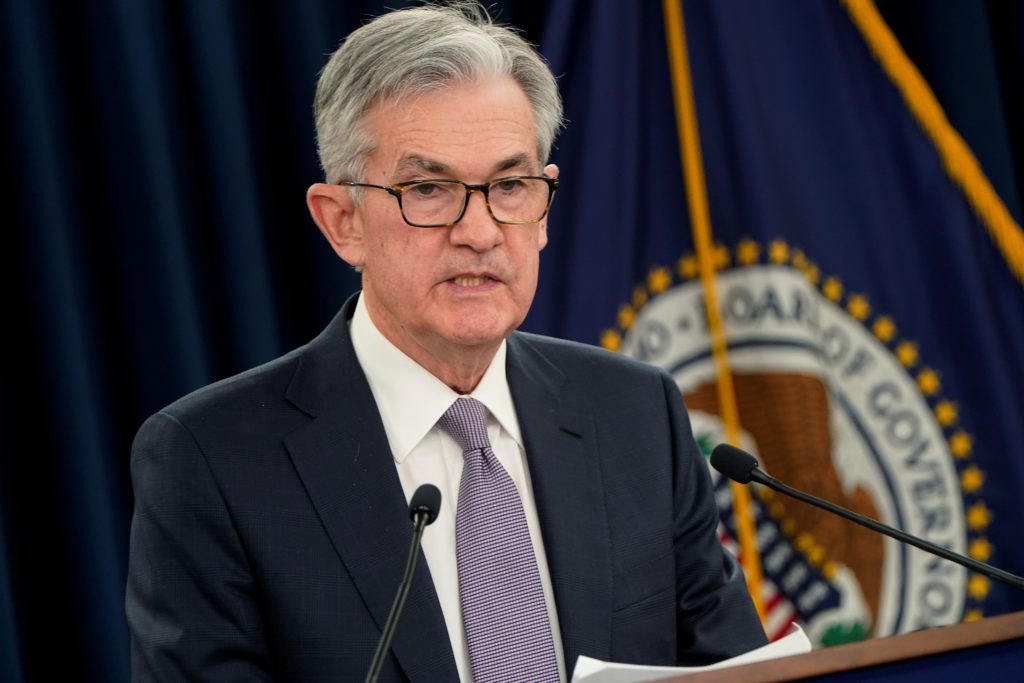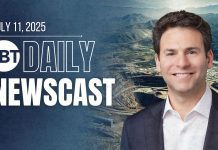On Wednesday, the Federal Reserve announced that the target interest rate for federal funds is being increased by a quarter of a percentage point. The change comes as no surprise to most and is meant to address soaring inflation in the United States. It brings the base interest rate into the 0.25% to 0.50% range and marks the first time in more than three years that the Federal Open Market Committee has raised them.
In the press conference on Wednesday, Federal Reserve Chair Jerome Powell said, “The economy is very strong, and against the backdrop of an extremely tight labor market and high inflation, the Committee anticipates that ongoing increases in the target range for the federal funds rate will be appropriate.”
Overall, the rate hike is minimal, but it will have a minor short-term effect on affordability. Increasing interest rates tend to cool the climate for shoppers as the cost of borrowing stretches how far a dollar goes. It’s this effect that the Fed is targeting, with the goal of quelling the uncontrolled price increases due to high demand and issues across the supply chain.
The inflation rate for the 12-month period ending in February rose to 7.9%, an untenable rate compared to the long-term target of 2.0% the Fed uses.
More rate hikes to come
Wednesday’s announcement by the Federal Reserve is the first of several expected this year and continuing in 2023. In economic projections released the same day, the Federal funds rate is expected to climb to 1.9% by the end of the year. Continuing into 2023, the base interest rate for federal funds is projected to rise further, to 2.8%.
Powell remarked, “The labor market has continued to strengthen and is extremely tight. Over the first two months of the year, employment rose by more than one million jobs…Inflation remains well above our longer-run goal of 2%. Aggregate demand is strong, and bottlenecks and supply constraints are limiting how quickly production can respond. These supply disruptions have been larger and longer-lasting than anticipated, exacerbated by waves of the virus here and abroad, and price pressures have spread to a broader range of goods and services.
“Additionally, higher energy prices are driving up overall inflation. The surge in prices of crude oil and other commodities that resulted from Russia’s invasion of Ukraine will put additional upward pressure on near-term inflation here at home.”
Bittersweet for car buyers
For automotive retail, a modest change in the Fed’s rates will likely do very little for cooling the runaway prices on cars, keeping dealers profitable as vehicles remain in high demand. Longer-term, perhaps even later this year, the rising interest rates could relieve some of the competition, swinging the auto sector more into a buyer’s market. Incentives might begin to return along with more aggressive subvented rates.
However, when that happens, it will likely be harder to afford a vehicle as other costs will have increased as well – things like housing costs and variable loans, especially those taken at bargain-basement rates during the pandemic.
Did you enjoy this article from Jason Unrau? Read other articles on CBT News here. Please share your thoughts, comments, or questions regarding this topic by submitting a letter to the editor here, or connect with us at newsroom@cbtnews.com.
Be sure to follow us on Facebook and Twitter to stay up to date or catch up on all of our podcasts on demand.
While you’re here, don’t forget to subscribe to our email newsletter for all the latest auto industry news from CBT News.










